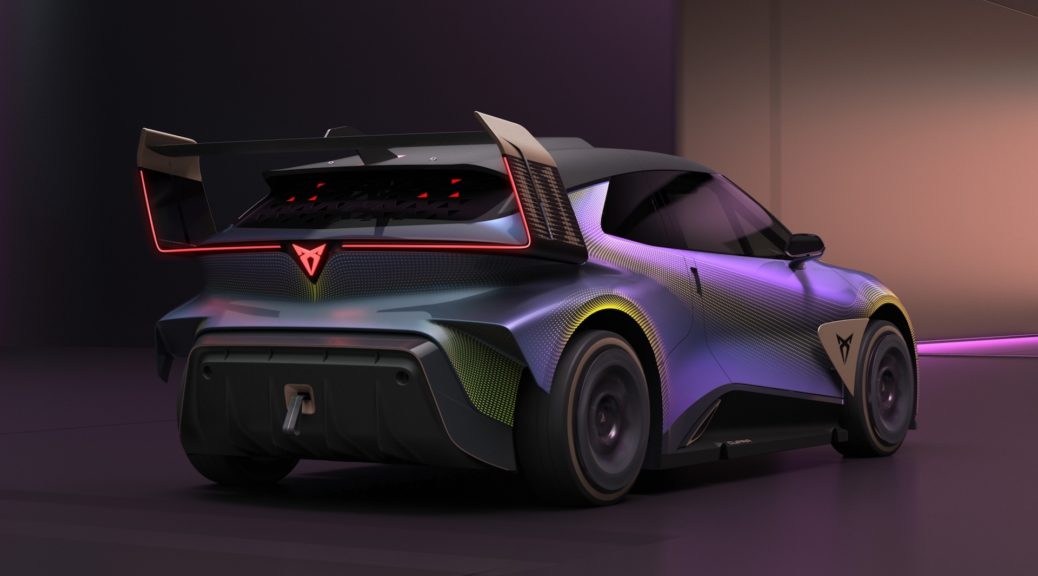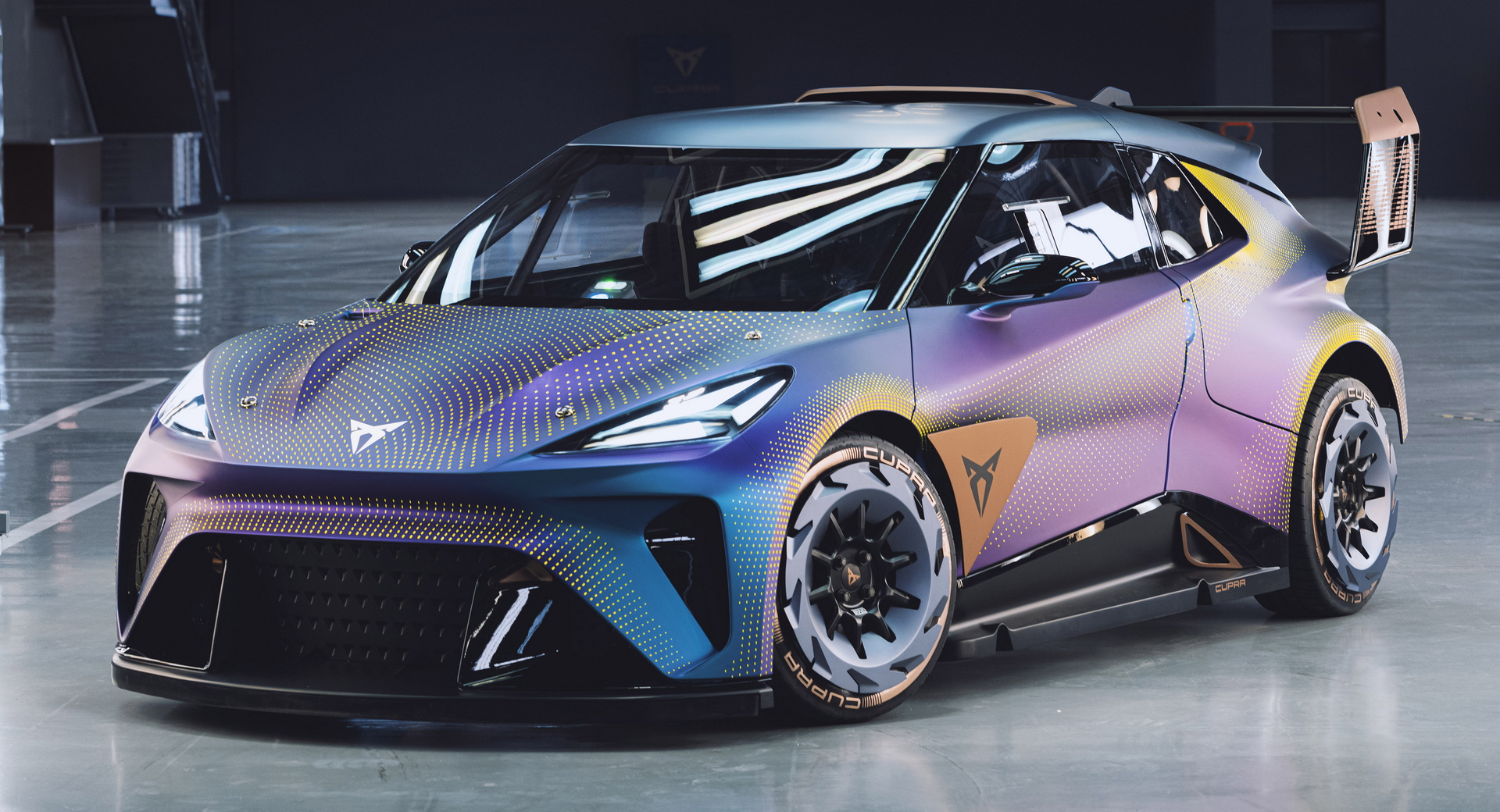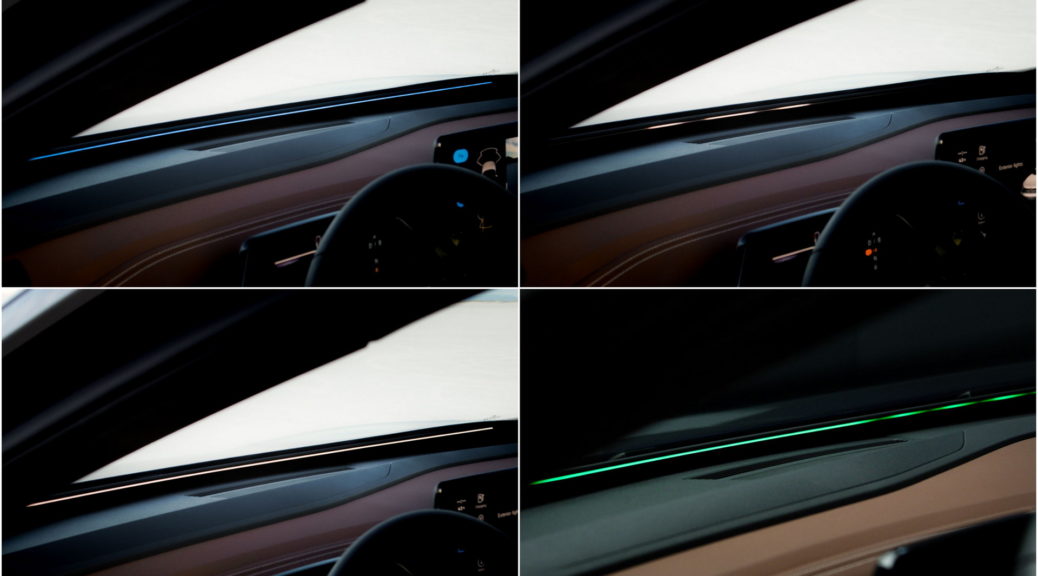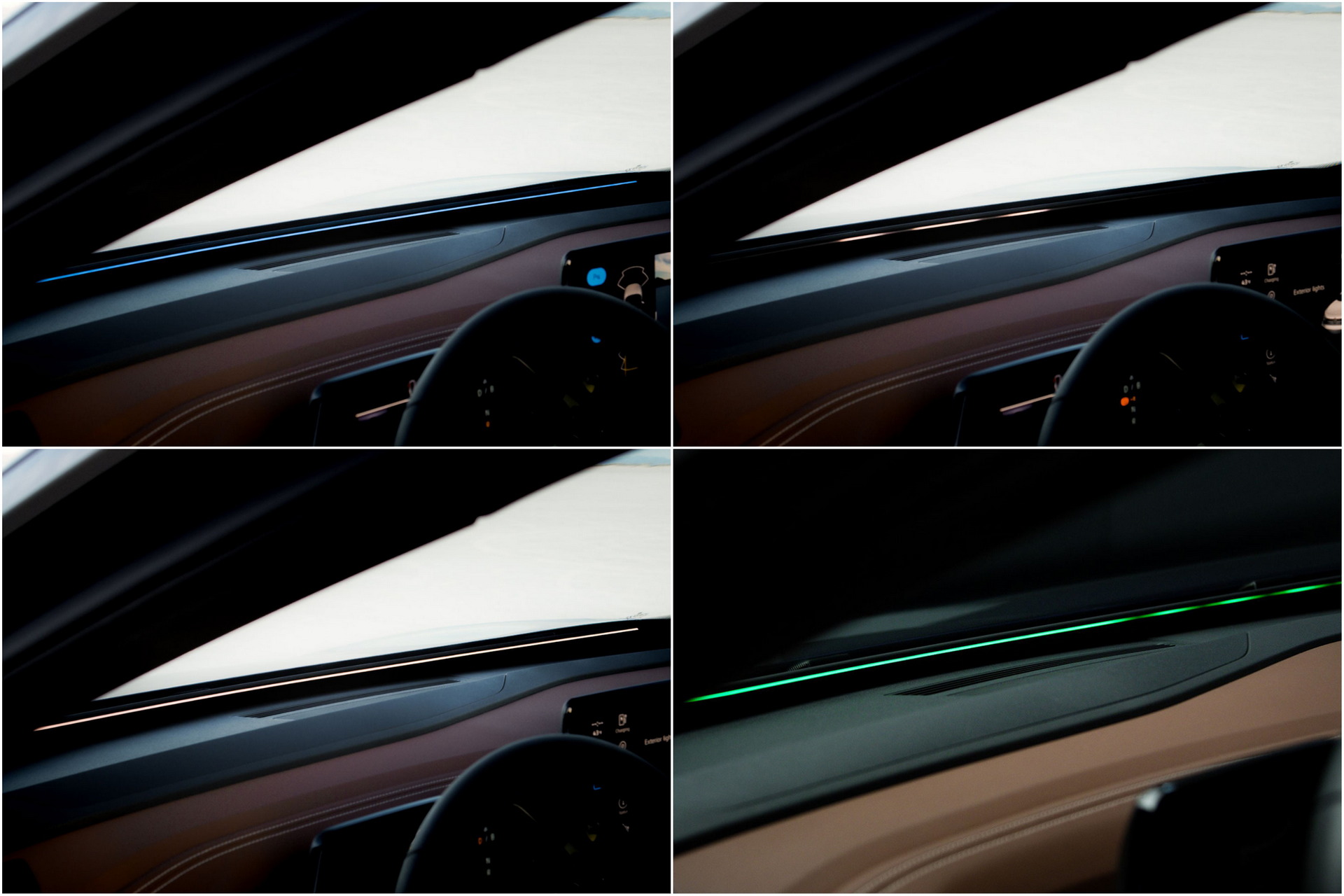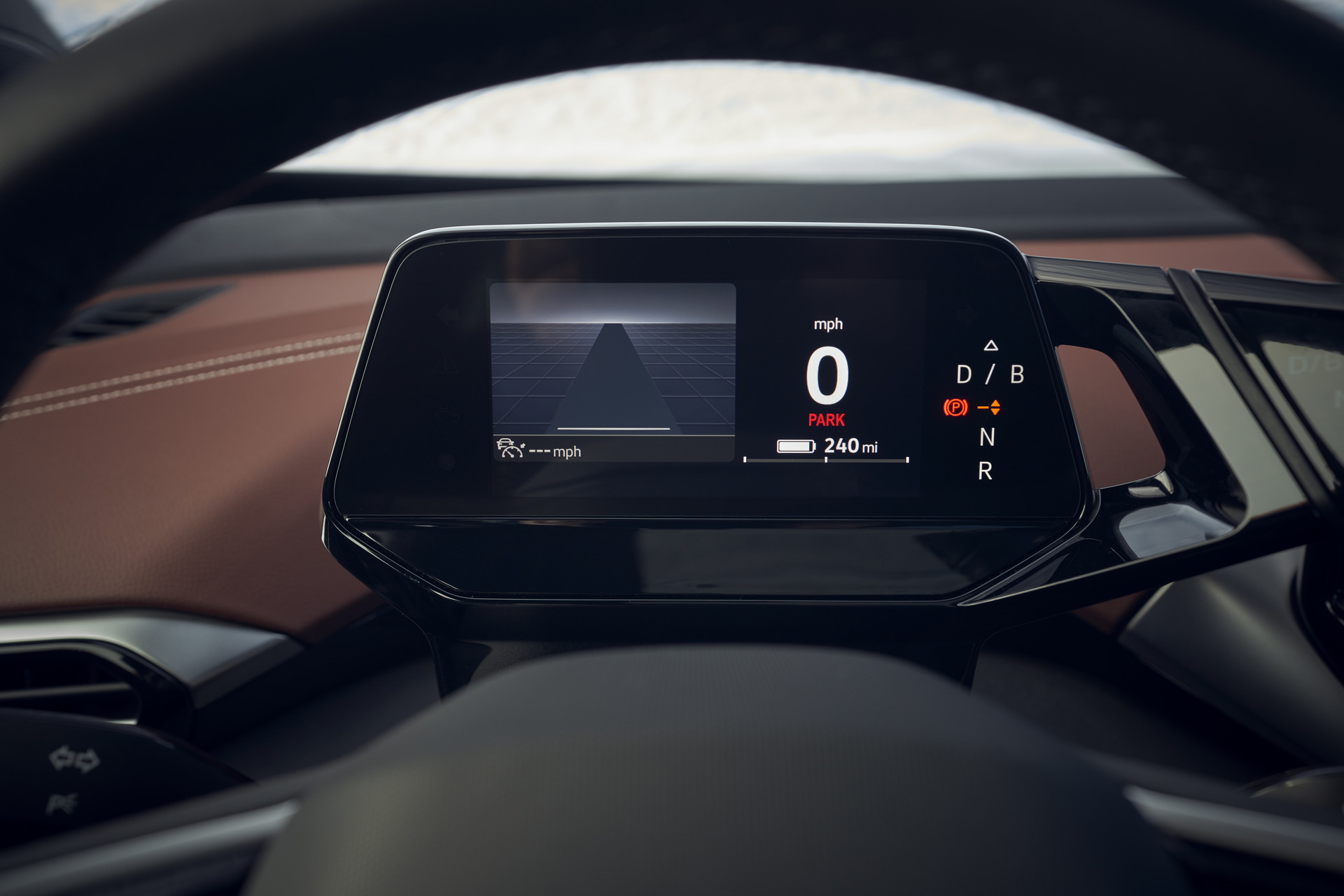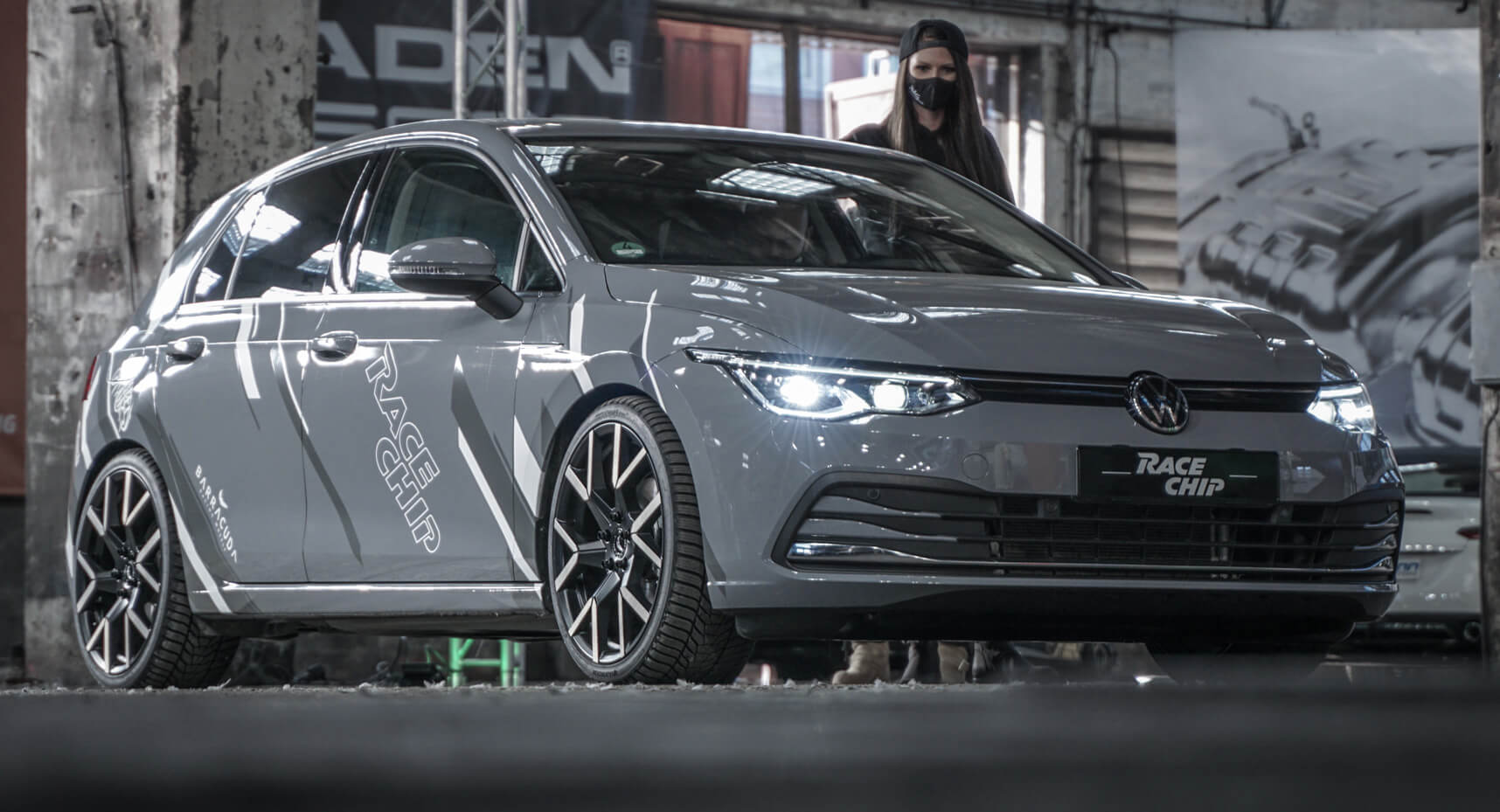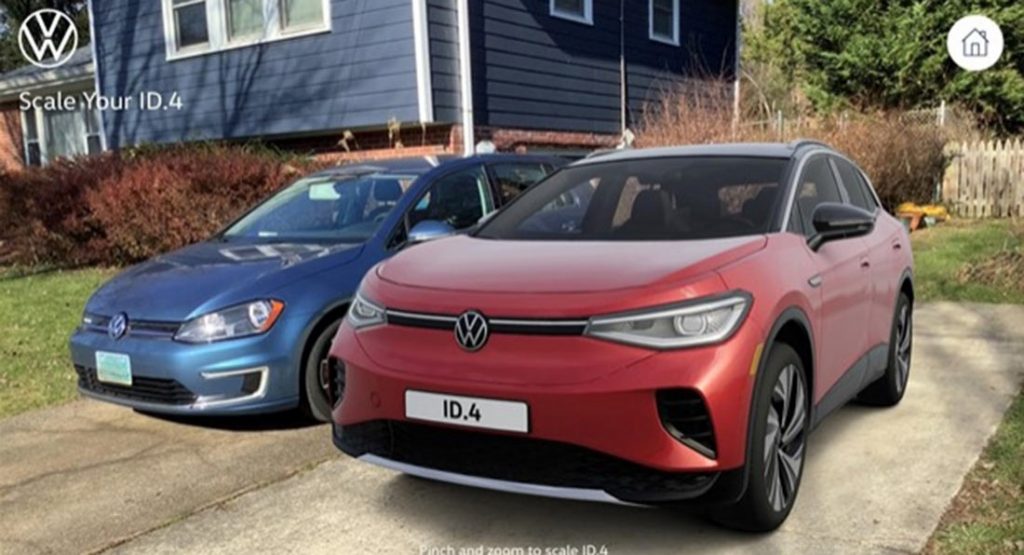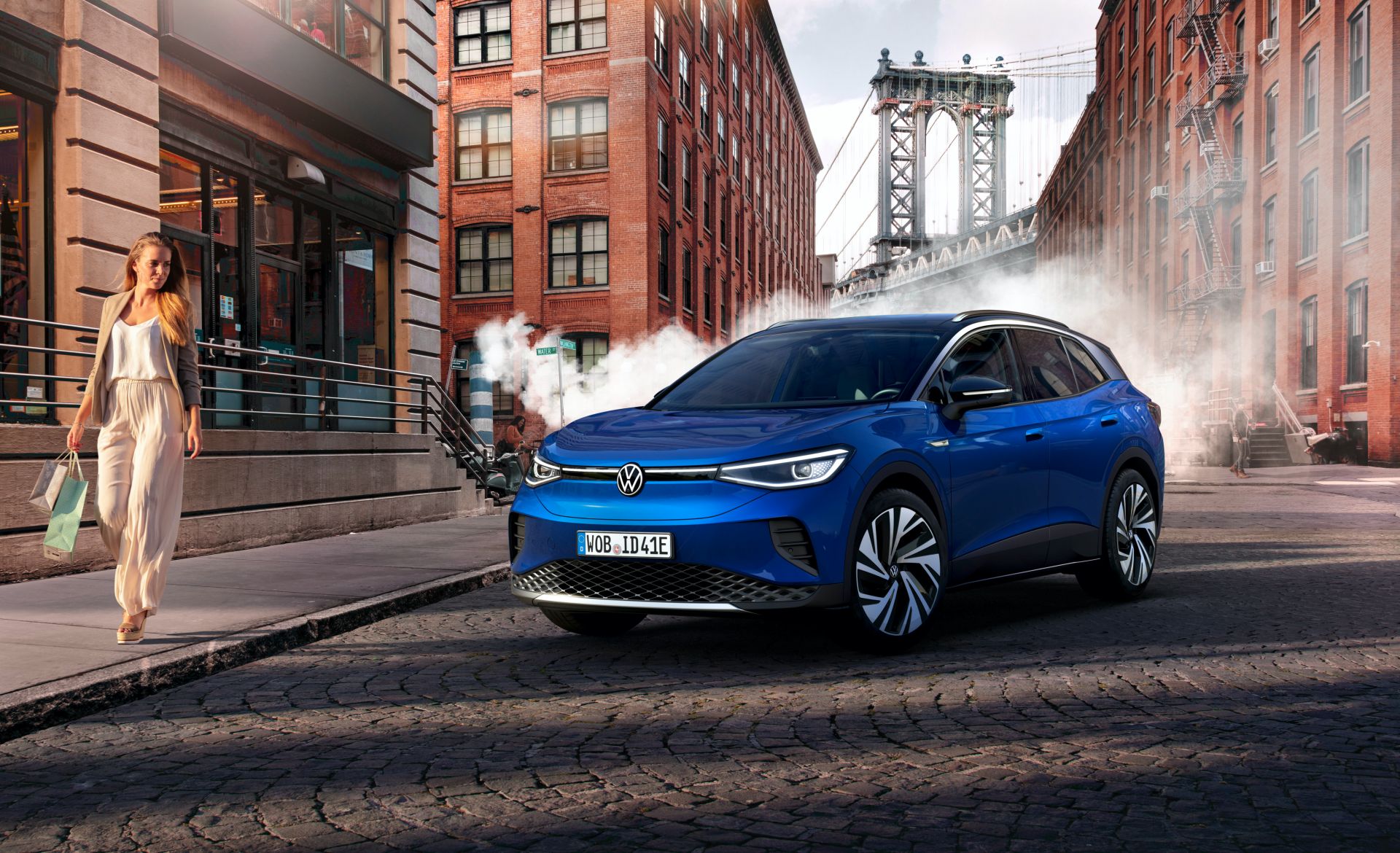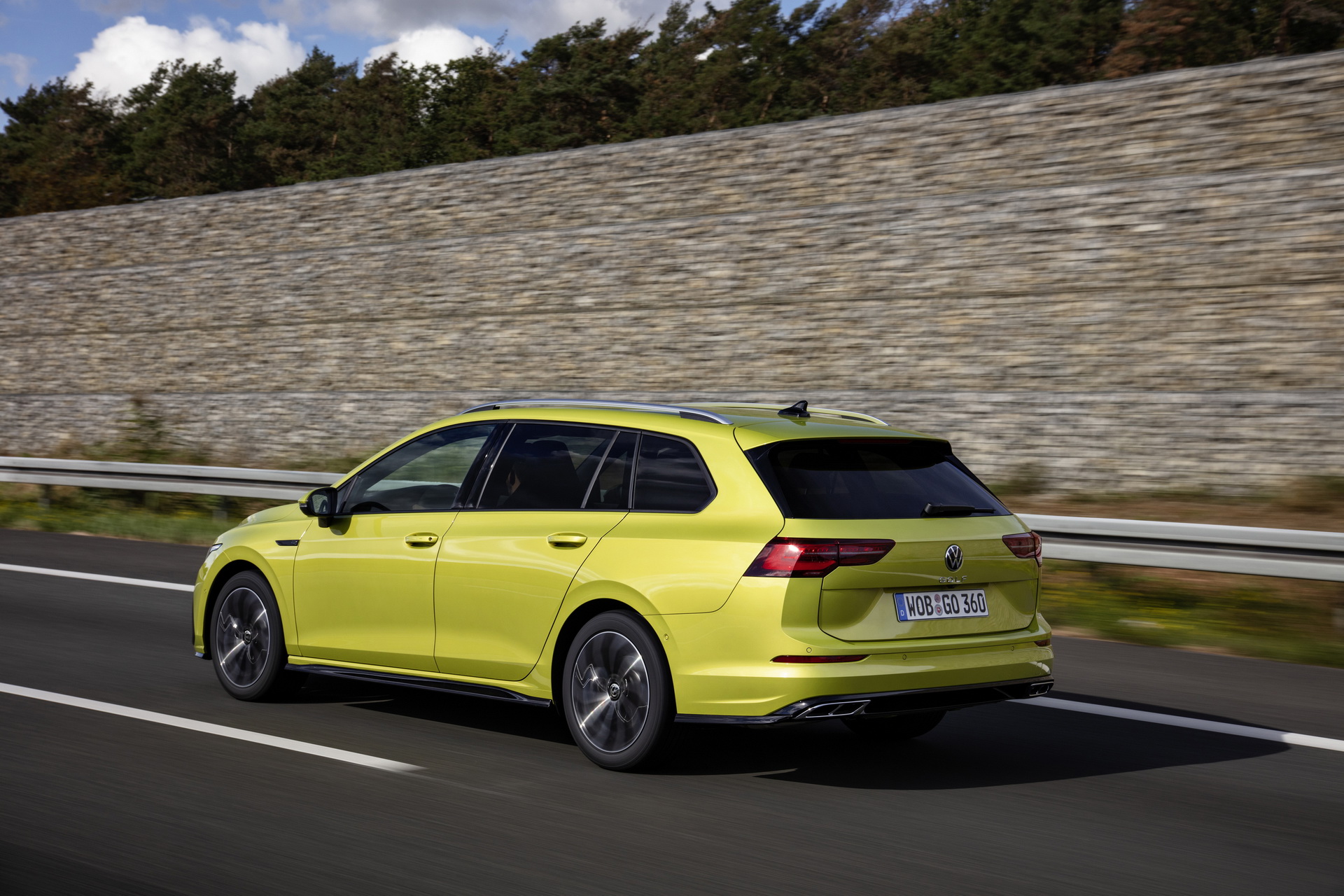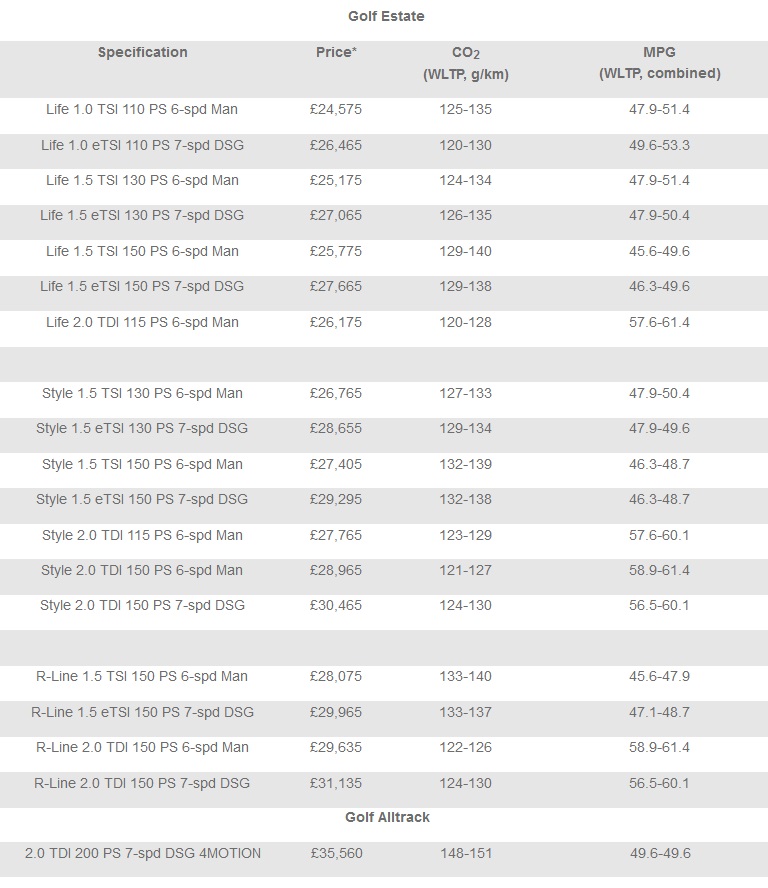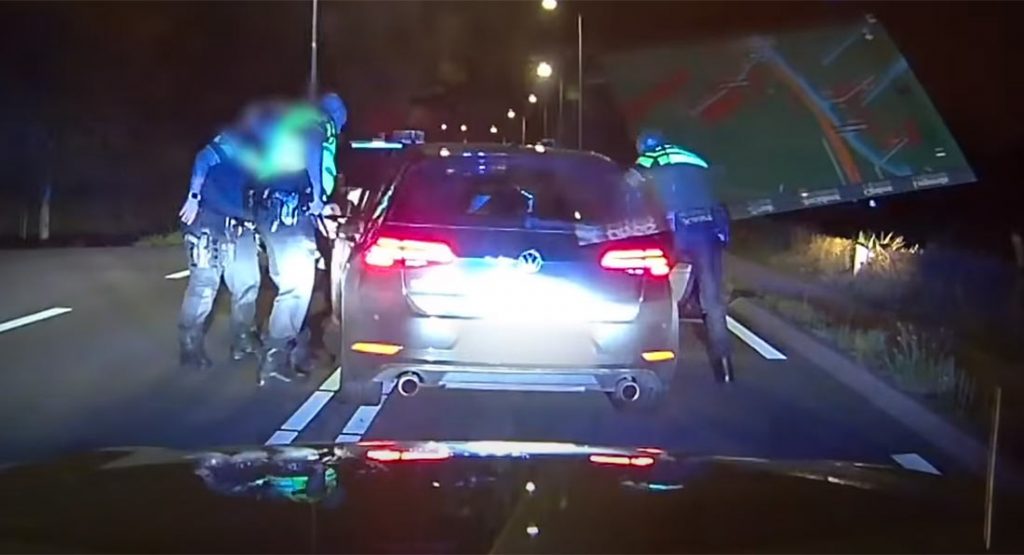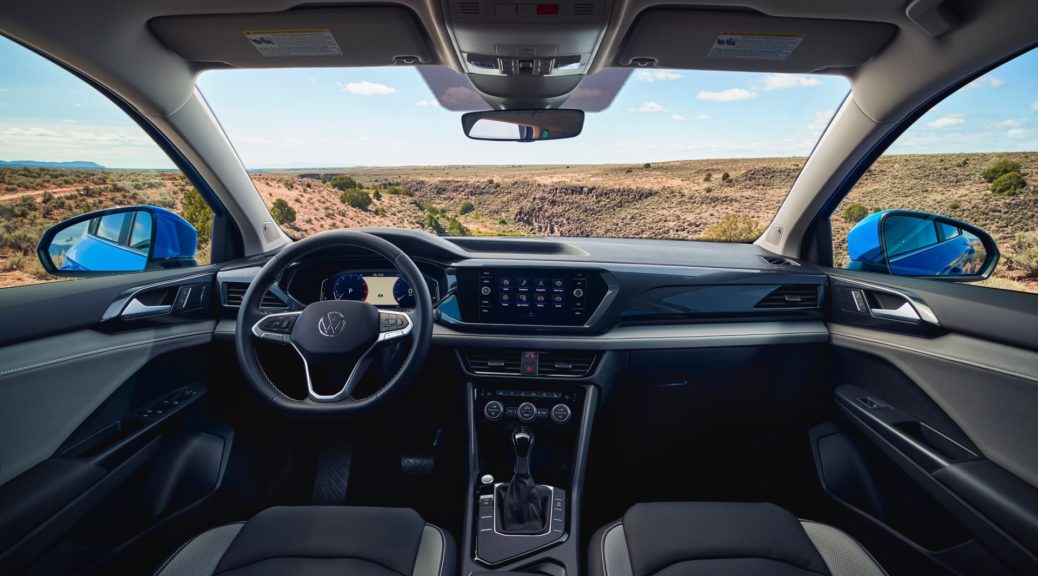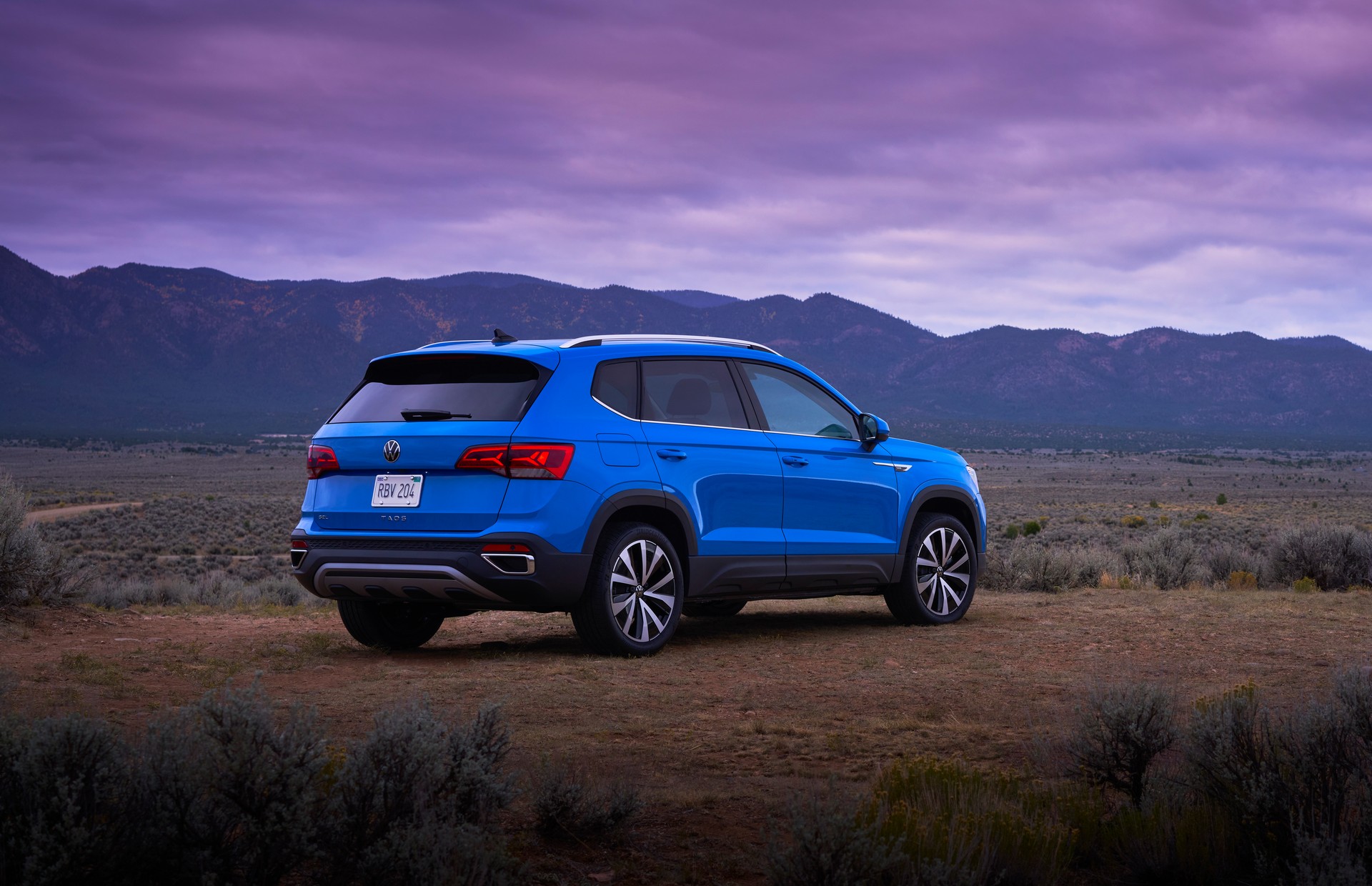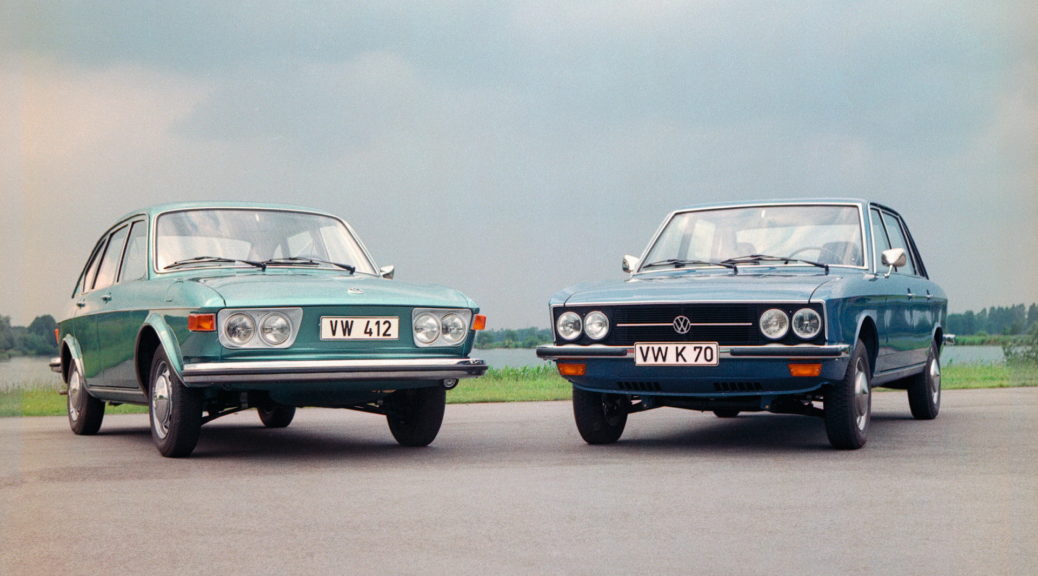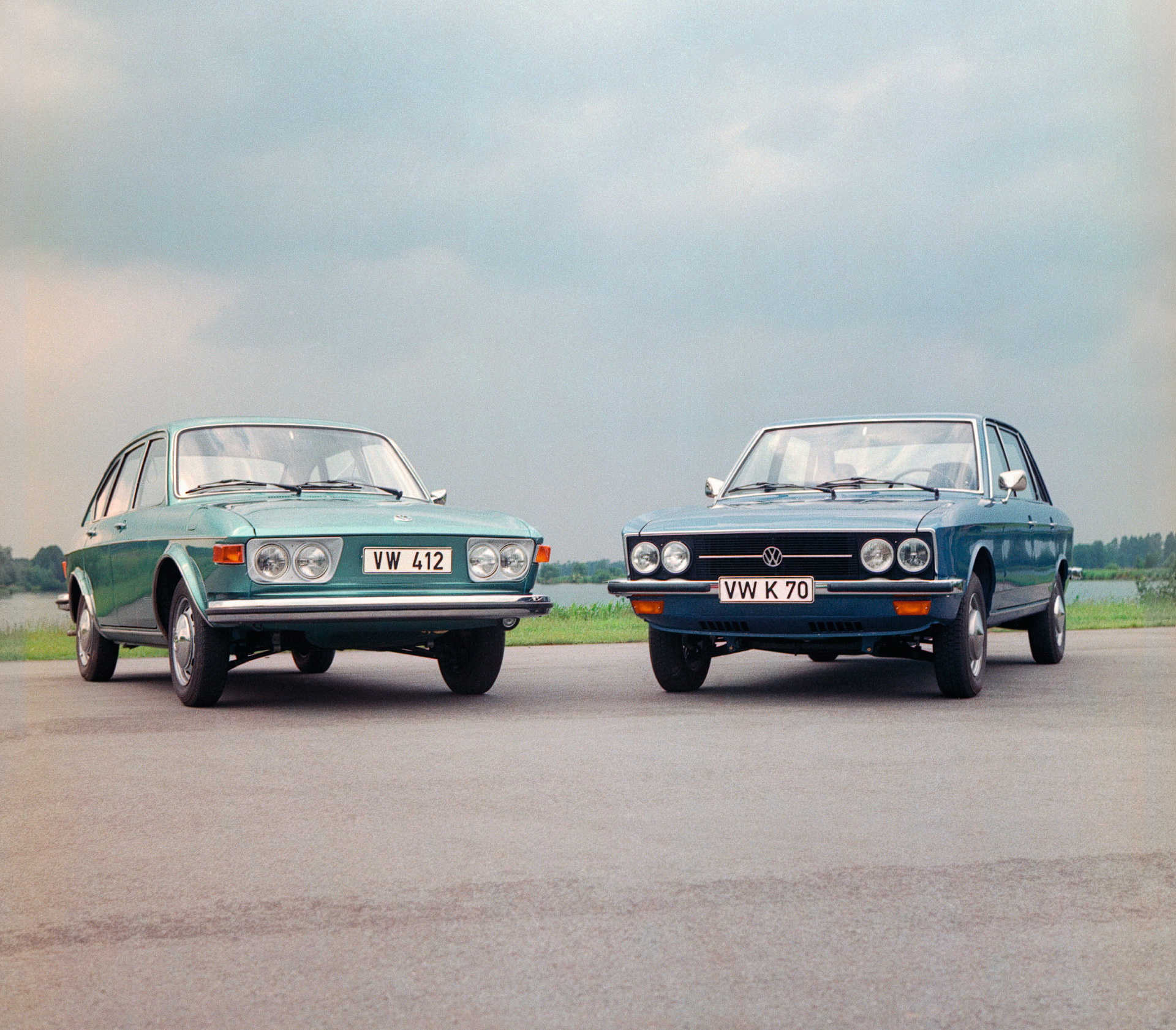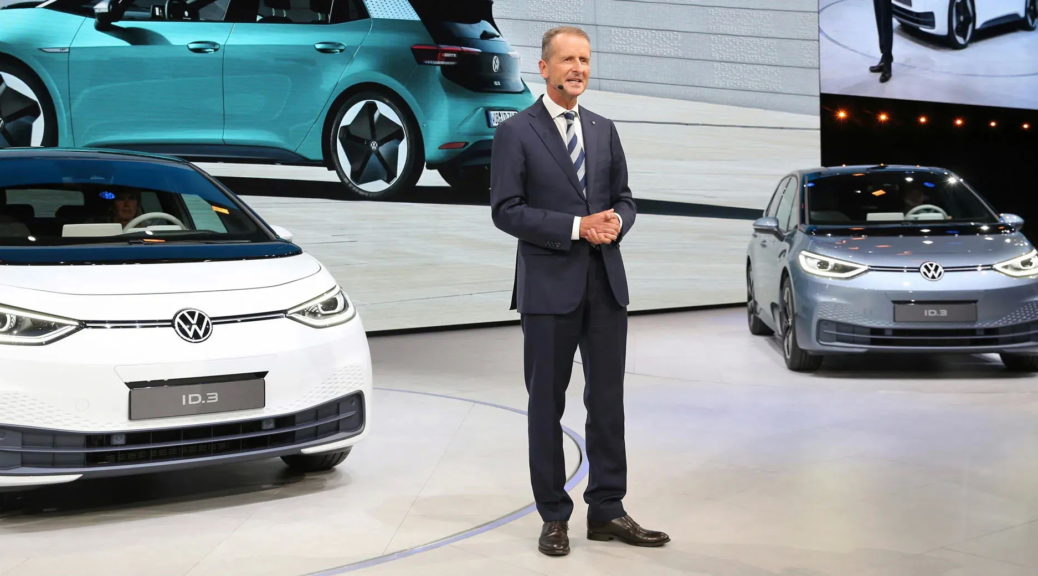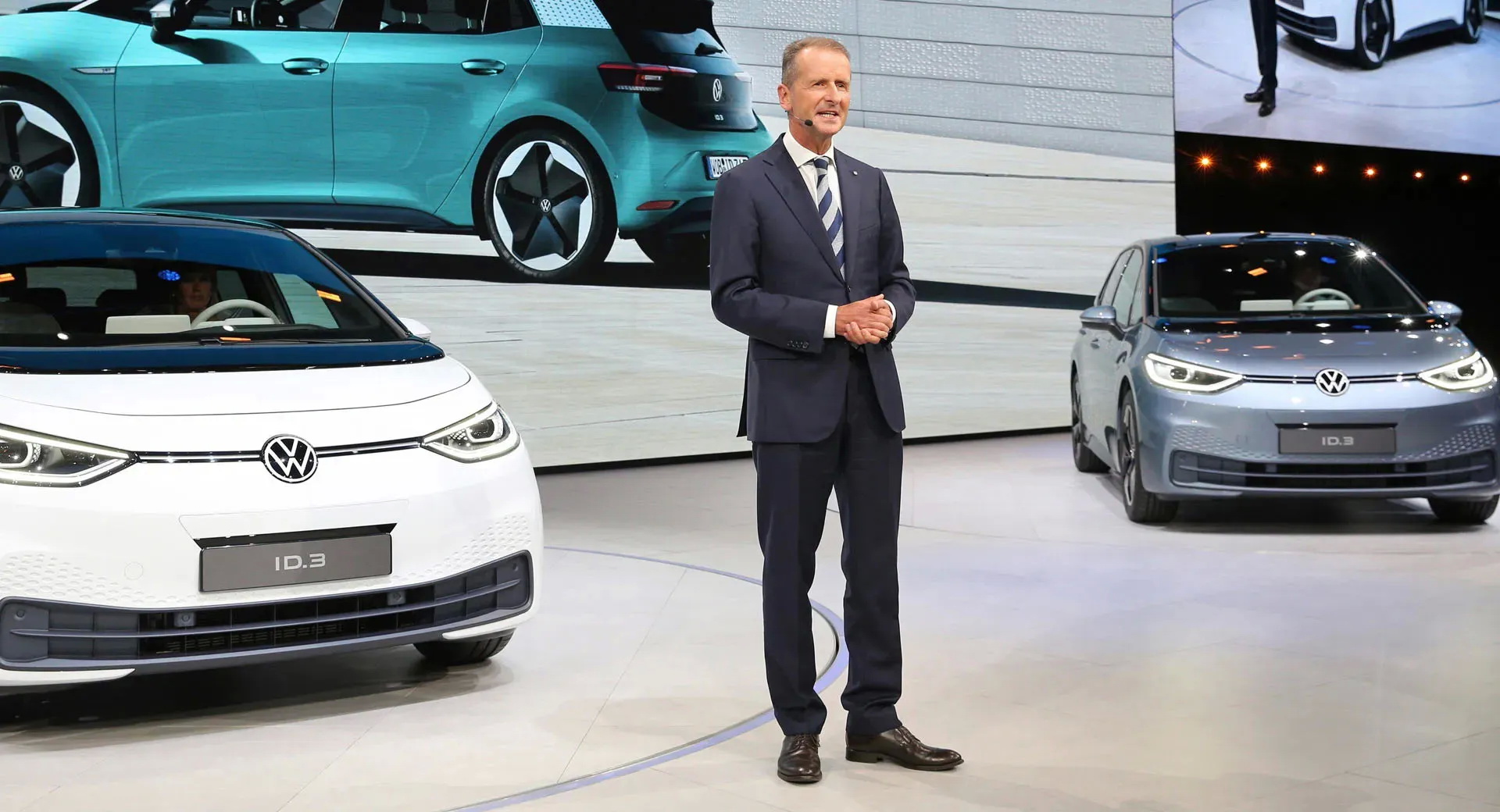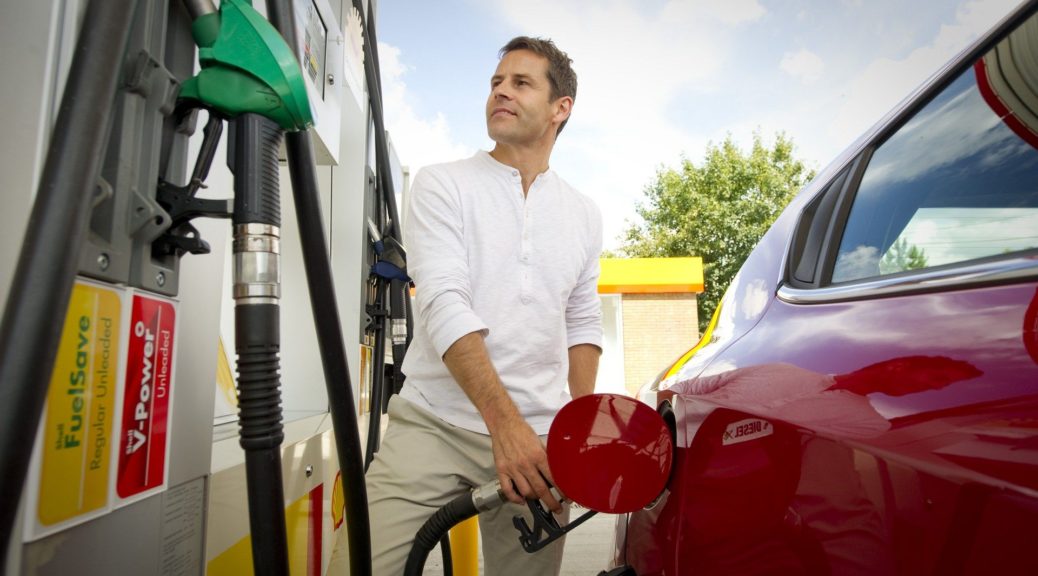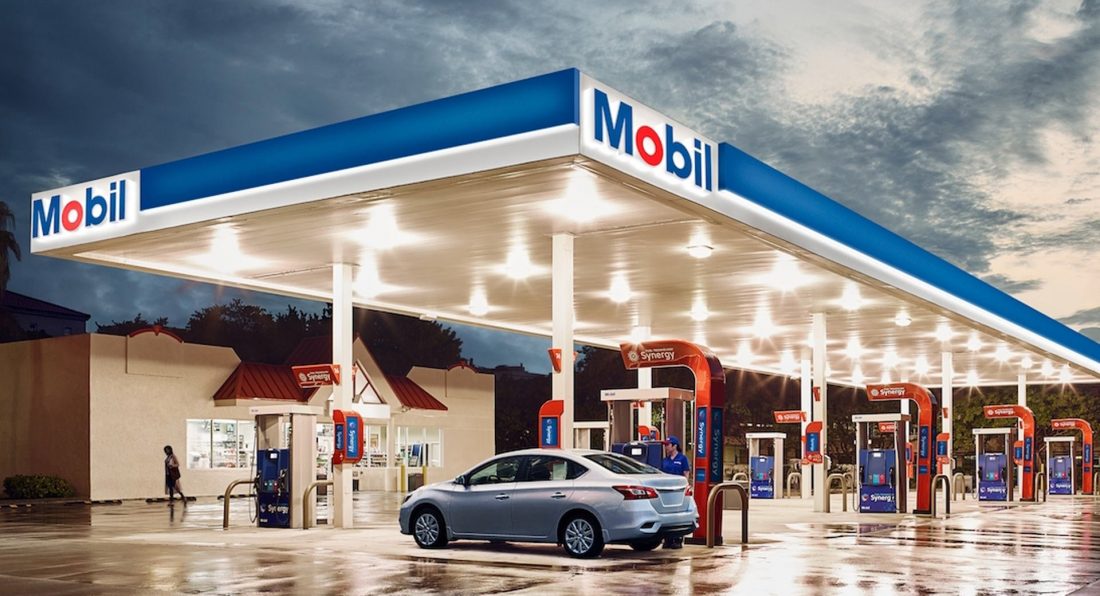The Volkswagen Group is readying a trio of fully electric small models wearing the VW, Cupra, and Skoda badges. It turns out that Cupra’s offering will be the most expensive of the three, with a starting price of €25,000 when it arrives in 2025.
The Cupra UrbanRebel Concept that premiered in Munich a few weeks ago previewed for the upcoming production model. In a similar fashion, Volkswagen previewed their own offering with the ID.LIFE Concept that will spawn a production car by 2025. Both models, together with the rumored Skoda Elroq, will be based on a shortened version of the MEB platform.
See Also: Cupra UrbanRebel Spreads Its Wing In Munich To Get You Excited About 2025 Small EV
Cupra’s EV city car will start at around €25,000 which makes it more expensive compared to its Volkswagen sibling, starting at €20,000. We don’t have information about the Skoda, but given the budget-oriented nature of the brand, we guess that it will be slightly cheaper.
Cupra CEO Wayne Griffiths admitted that their EV city car will be priced higher, as they want it “to be positioned between the mass and the premium segment”. He added that the production version will retain the bold design language of the concept car, with the exception of the massive aero components: “You take the fin off the back and the spoiler off the front, and then you get very very close to what we want to do with the car we want to launch in 2025”.
See Also: VW ID. LIFE Previews Small EV That Will Launch In 2025 Priced At Around €20,000
As reported by Automotive News Europe, the production version will be fitted with a single electric motor producing 228 hp (170 kW / 231 PS) and feature a 55 kWh battery pack allowing for a 248-mile (400 km) range. Like its VW sibling, the Cupra will accelerate from 0-62 mph (0-100 km/h) in 6.9 seconds, while Griffiths claims that the compact dimensions and the low weight will make the car quite sporty.
See Also: The Cupra UrbanRebel Concept Was Inspired By Gaming And Gen Z
Cupra’s new small EV will join the upcoming Born C-Segment hatchback and the Tavascan SUV in the growing range of fully electric models. All small EVs of the VW Group will be produced in Spain with a capacity of up to 500,000 cars per year, utilizing both Seat’s Martorell and VW’s Pamplona factories.

